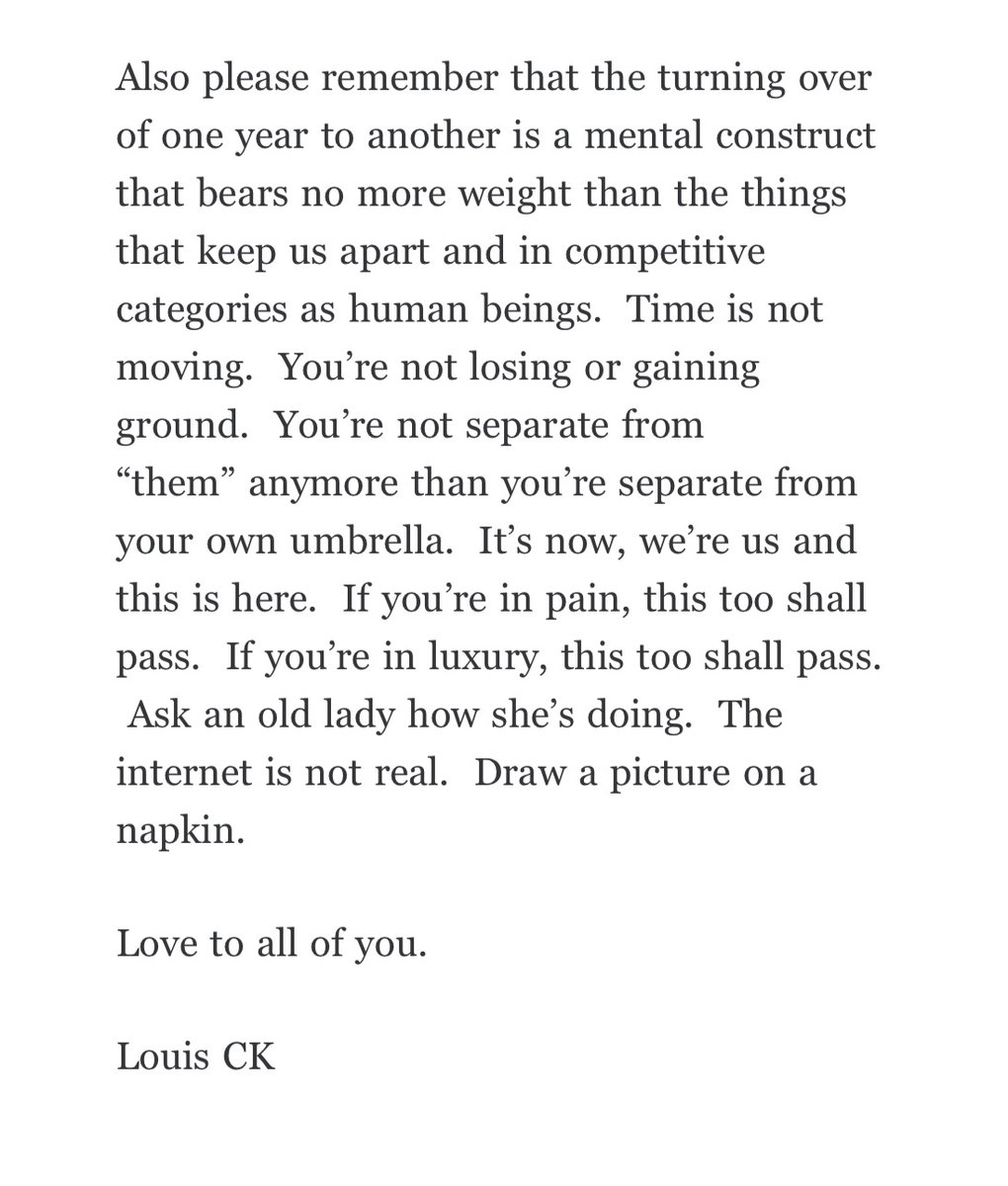Zdziarski explores the myth of professionals needing 16GB of RAM (via The Loop):
Apple’s latest MacBook Pro line is limited to 16GB due to energy (and likely heat) constraints, and that’s gotten a lot of people complaining that it simply isn’t enough for “real pros”. Ironically, many of the people saying that don’t quite fall into what many others would consider a “real pro” themselves; at least based on the target demographic of Apple’s “pro” line, which has traditionally been geared toward working professionals such as photographers, producers, engineers, and the like (not managers and bloggers). But even so, let’s take a look at what it takes to really pin your MacBook Pro’s memory, from a “professional’s” perspective.
First of, “myth” is a misnomer. It’s not a myth, it’s a view held by some (not all) professionals who legitimately need at least 16GB of RAM to work smoothly. Zdziarski acknowledges these people exist but I disagree in calling them “edge cases” like he does.
Zdziarski correctly points out developers need to write software that doesn’t try to eat every gig of memory your system has:
A couple apps you won’t see on this list are Chrome and Slack. Both of these applications have widespread reports of being memory pigs, and in my opinion you should boycott them until the developers learn how to write them to play nicer with memory. You can’t fault Apple for poorly written applications, and if Apple did give you 32 GB of RAM just for them, it wouldn’t matter. Poorly written apps are going to continue sucking down as much memory as possible until you’re out. So it’s reasonable to say that if you’re running poorly written applications, your mileage will definitely vary. RAM is only one half the equation: programmers need to know how to use it respectfully.
This is the Catch-22: Apple could raise the Macbook Pro’s memory to 32GB but then there’s the risk that developers just make more bloated, memory-hogging software.
This reminds me of what Robert Moses did in the early 20th century in New York City, building bridge after bridge after bridge to alleviate automobile congestion. In the short-term it worked, but eventually the number of cars increased to fill all the bridges and the congestion returned.




